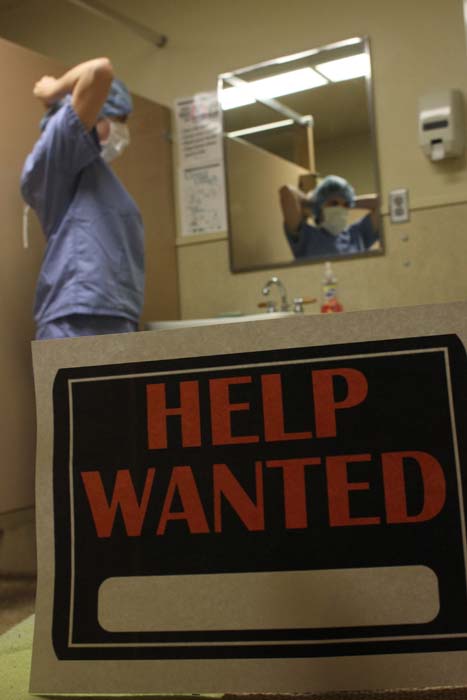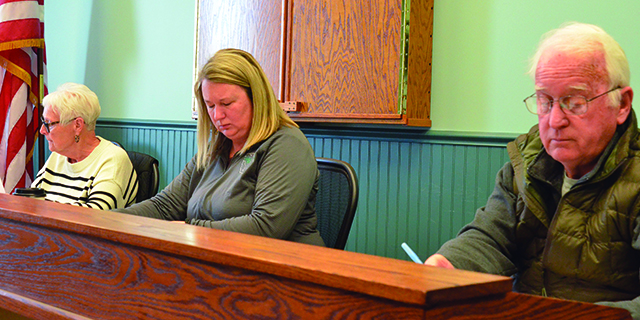Hospital faces doctor shortage
Published 2:26 pm Wednesday, January 17, 2018

- Hospital faces doctor shortage
The doctor shortage currently experienced at Grande Ronde Hospital, specifically at the Regional Medical Clinic, is not exactly a new thing in the hospital’s history.
“Primary care doctors is where the current shortage is,” said Paul Shorb, senior director of provider services at GRH. “We can’t fill the demand. The Oregon Health Plan changed (which led to the shortage).”
The change, due to the Affordable Care Act, allowed for those who previously had no insurance to be able to get low-income-based coverage. The more people who have insurance, the more people who go to the doctor.
Mardi Ford, director of communications and marketing for the hospital, said there are nearly 750 employees and 12 clinics, including a virtual clinic, connected to GRH. While the hospital is considered rural, it doesn’t function as a small hospital. The organization serves a base population of 25,000 residents.
According to Ford, the Regional Clinic sees approximately 30,000 patients a year. The clinic, which was originally designed to be a walk-in, has a full staff of primary care and specialty providers as well as a walk-in clinic. Currently, the clinic has so many patients that many are experiencing longer wait times.
Shorb said at this time of year, when the flu is running rampant, having three more doctors would be ideal.
“We don’t have the space for that, though,” he said. “In the summer, (the current number of doctors) would be fine. However, right now, our doctors and nurse practitioners see 40 to 50 patients a day.”
A 2016 study by the Association of American Medical Colleges concluded that the demand for physicians will continue to grow faster than the supply, leading to a “projected total physician shortfall between 61,700 and 94,700 physicians by 2025.”
In primary care alone, the projected shortfall is estimated to be between 14,900 and 35,600 physicians by 2025, according to the study.
With the new health care, there seems to be more patients making appointments who in the past might not have come in, Shorb said.
“There’s a lot of back demand,” he said. “But we decided before (ACA) was put in place that we’d take any and all patients — regardless of whether they had health insurance. We kept up pretty well before, but now it’s a challenge.”
The 2016 study predicted that population growth and the number of aging adults will continue to be the primary drivers of increasing demand for more physicians.
For Grande Ronde Hospital, being in a rural area compounds the problem.
Although “a lot of people think they want to live in a rural area,” Shorb said, they also want easy access to airports and shopping. Online shopping has made that better, but it’s still an “extra challenge” to recruit.
“When we talk to potential doctors, we explain what rural really means,” he said. “We talk about the Interstate being shut down and not being able to get out sometimes.”
He said that can be stressful for physicians whose patients need to get to Boise or Portland for further treatment.
“We recruit from coast to coast,” Shorb said. “At one point, we had to recruit medical graduates. That worked well for five years, but then we lost most of them to other hospitals.”
Shorb said the hospital has average turnover just like any other hospital.
“We’re not better or worse than anyone else,” he said. “For primary care physicians, they can go anywhere they want.”
Shorb, who has been employed at the hospital for 37 years, said he is from La Grande, and staying in the area was a no-brainer to him.
“Odds are, (doctors) who are from a rural area will stay in a rural area,” he said.
The Grande Ronde Valley is an easy sell to doctors who like the outdoors.
“Why would you not want to live here?” he said.





